Berufsbild Ranger
Förderung von Ausbildung, Kompetenzentwicklung und gemeinsamen alpinen Aktionen.

Dieses Informationsdokument ist im Rahmen des Projekts „Naturschutz vernetzt“, das durch das Bundesamt für Naturschutz (BfN) mit Mitteln des Bundesministerium für Umwelt, Klimaschutz, Naturschutz und nukleare Sicherheit (BMUKN) gefördert wird, entstanden.
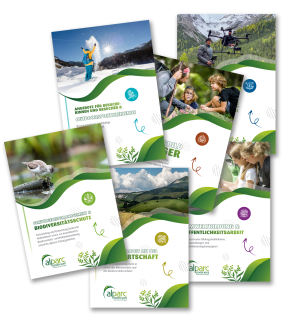
• Berufsbild Ranger
• Digitale Werkzeuge für das Parkmanagement
• Umweltbildung & Öffentlichkeitsarbeit
• Zusammenarbeit mit der Landwirtschaft
• Angebote für Besucherinnen und Besucher & Outdoorsporttreibende
• Schutzgebiets-management & Biodiversitätsschutz
![]()
The brochure is comming soon...
Stay tuned!
Digitale Werkzeuge für das Parkmanagement –
Entwicklung und Nutzung neuer Technologien zur Unterstützung der Schutzgebietsarbeit

Dieses Informationsdokument ist im Rahmen des Projekts „Naturschutz vernetzt“, das durch das Bundesamt für Naturschutz (BfN) mit Mitteln des Bundesministerium für Umwelt, Klimaschutz, Naturschutz und nukleare Sicherheit (BMUKN) gefördert wird, entstanden.

• Berufsbild Ranger
• Digitale Werkzeuge für das Parkmanagement
• Umweltbildung & Öffentlichkeitsarbeit
• Zusammenarbeit mit der Landwirtschaft
• Angebote für Besucherinnen und Besucher & Outdoorsporttreibende
• Schutzgebiets-management & Biodiversitätsschutz
Umweltbildung & Öffentlichkeitsarbeit –
Gemeinsame Bildungsmaßnahmen, Veranstaltungen und Sensibilisierungskampagnen

Dieses Informationsdokument ist im Rahmen des Projekts „Naturschutz vernetzt“, das durch das Bundesamt für Naturschutz (BfN) mit Mitteln des Bundesministerium für Umwelt, Klimaschutz, Naturschutz und nukleare Sicherheit (BMUKN) gefördert wird, entstanden.

• Berufsbild Ranger
• Digitale Werkzeuge für das Parkmanagement
• Umweltbildung & Öffentlichkeitsarbeit
• Zusammenarbeit mit der Landwirtschaft
• Angebote für Besucherinnen und Besucher & Outdoorsporttreibende
• Schutzgebiets-management & Biodiversitätsschutz
![]()
The brochure is comming soon...
Stay tuned!

Dieses Informationsdokument ist im Rahmen des Projekts „Naturschutz vernetzt“, das durch das Bundesamt für Naturschutz (BfN) mit Mitteln des Bundesministerium für Umwelt, Klimaschutz, Naturschutz und nukleare Sicherheit (BMUKN) gefördert wird, entstanden.

• Berufsbild Ranger
• Digitale Werkzeuge für das Parkmanagement
• Umweltbildung & Öffentlichkeitsarbeit
• Zusammenarbeit mit der Landwirtschaft
• Angebote für Besucherinnen und Besucher & Outdoorsporttreibende
• Schutzgebiets-management & Biodiversitätsschutz
![]()
The brochure is comming soon...
Stay tuned!

Dieses Informationsdokument ist im Rahmen des Projekts „Naturschutz vernetzt“, das durch das Bundesamt für Naturschutz (BfN) mit Mitteln des Bundesministerium für Umwelt, Klimaschutz, Naturschutz und nukleare Sicherheit (BMUKN) gefördert wird, entstanden.

• Berufsbild Ranger
• Digitale Werkzeuge für das Parkmanagement
• Umweltbildung & Öffentlichkeitsarbeit
• Zusammenarbeit mit der Landwirtschaft
• Angebote für Besucherinnen und Besucher & Outdoorsporttreibende
• Schutzgebiets-management & Biodiversitätsschutz
![]()
The brochure is comming soon...
Stay tuned!
Schutzgebietsmanagement & Biodiversitätsschutz -
Entwicklung und Umsetzung konkreter Maßnahmen sowie ein koordiniertes Biodiversitäts- und Habitatmonitoring zwischen alpinen Schutzgebieten

Dieses Informationsdokument ist im Rahmen des Projekts „Naturschutz vernetzt“, das durch das Bundesamt für Naturschutz (BfN) mit Mitteln des Bundesministerium für Umwelt, Klimaschutz, Naturschutz und nukleare Sicherheit (BMUKN) gefördert wird, entstanden.

• Berufsbild Ranger
• Digitale Werkzeuge für das Parkmanagement
• Umweltbildung & Öffentlichkeitsarbeit
• Zusammenarbeit mit der Landwirtschaft
• Angebote für Besucherinnen und Besucher & Outdoorsporttreibende
• Schutzgebiets-management & Biodiversitätsschutz
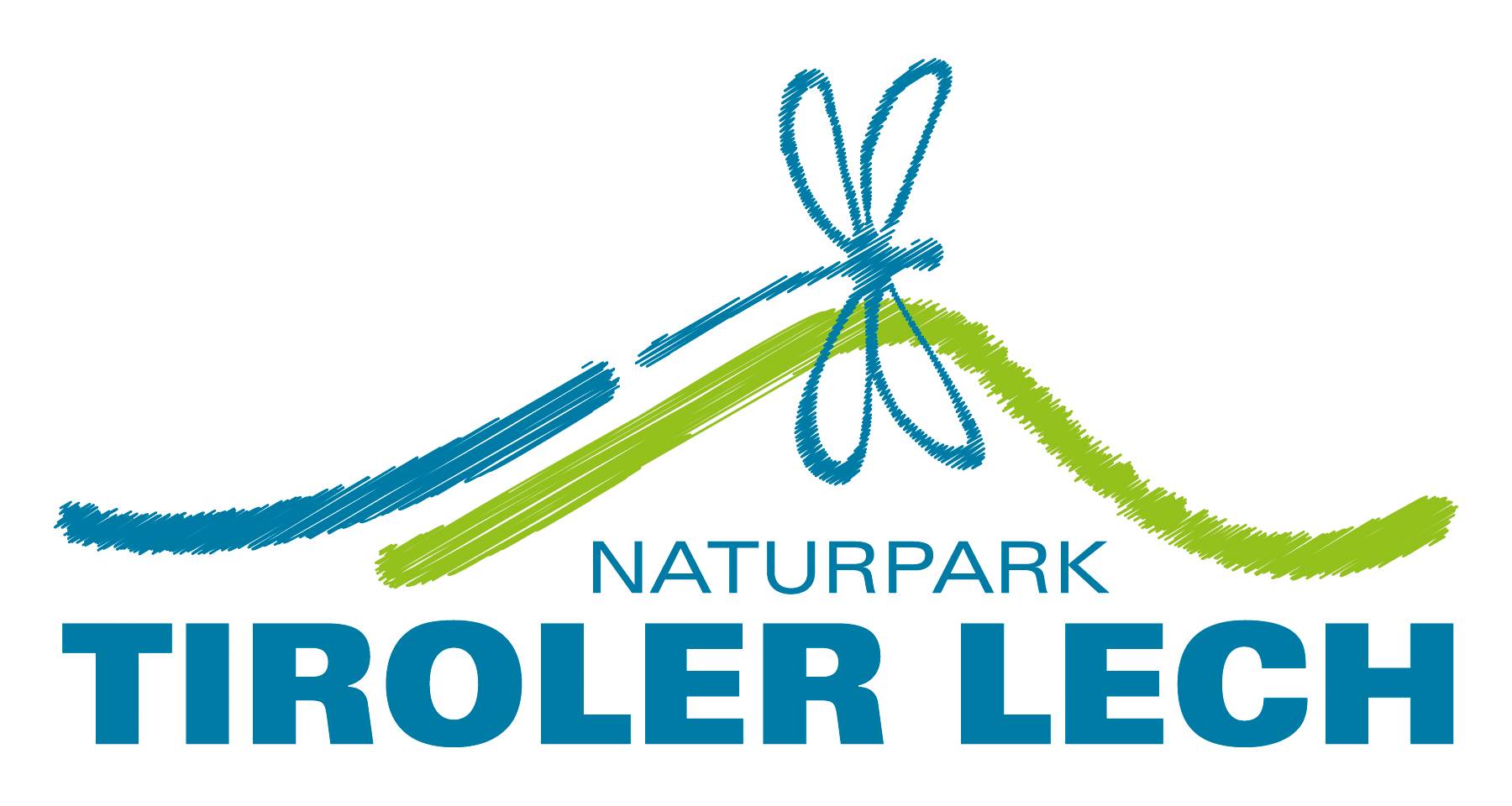
Est. 2004 (The area has been part of Natura2000 since 2000)
Goals & Objectives:
To consolidate the nature park in the region as a competent organisation for nature conservation, and to involve the local community so that they may further identify with the nature park and its region.
Regional & Environmental Challenges:
A core element of the park is the wild river Lech and its tributaries, and riparian forests. Challenges arise with visitor management, as the land use and leisure activity pressures increase in sensitive areas, especially with regards to the river system disruption.
Successes:
Successful annual preservation efforts of flagship species and their habitatis, such as the highly endangered natterjack toad. 13 river engineering measures have been implemented for the redynamisation of the Lech, as part of the LIFE-Lech project; various comprehensive species' protection measures.
Learn more about Tiroler Lech Nature Park's initiatives and projects on their website.
What challenges do you see for protected areas in the coming years/decades?
The challenge will be to ensure that protected areas are not "islands" [fragmented nature spots], but also connect spatially, and work as a network for the conservation of biodiversity.
How important do you think protected areas will be in the coming years?
Protected areas are likely to become increasingly important, as they are areas that promise natural states, and preserve connectedness with nature.
What can we gain from stronger international cooperation with regards to Alpine conservation efforts, and climate change mitigatin and/or adaptation?
Only together, with targeted efforts, can the inclusion of global challenges such as climate change and biodiversity loss happen, and the understanding of the value of nature be strengthened.
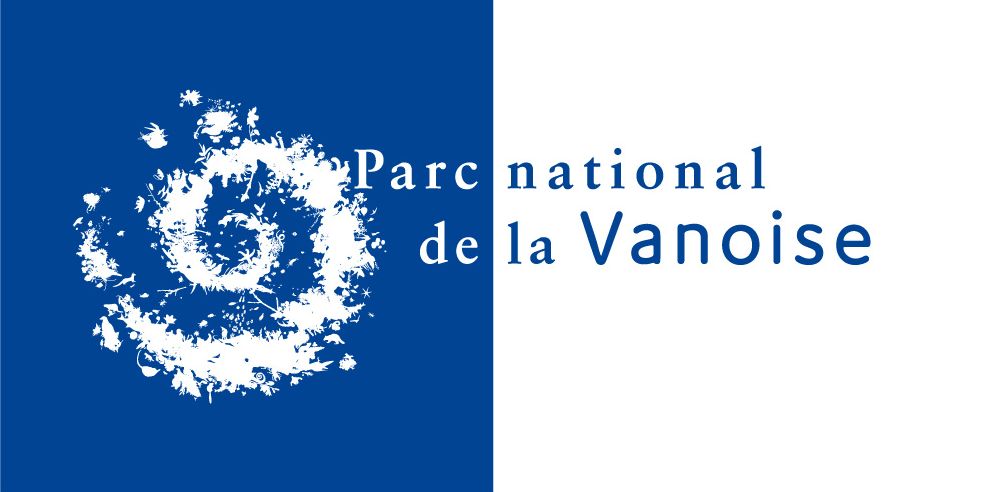
Est. 1963
Goals & Objectives:
Vanoise National Park was created to protect the Alpine Ibex. Protection was subsequently extended to other animal and plant species, the current focus being the Bearded Vulture.
Statistical Profile:
400km of marked trails
40 refuges in the heart of the park
5 nature reserves adjacent to the National Park
224 protected species
Successes:
From around 60 ibexes at the Park's inception, there are now more than 2,000. The first breeding pair of Bearded Vultures were introduced in 1998 - there are currently 9 breeding pairs in Savoie, and this year 7 new young will have flown the nest: a new record!
Learn more about Vanoise National Park's initiatives and projects on their website.
How can we describe the Vanoise National Park?
The park is located in the east of the Savoie department, on the Vanoise massif, which links the two valleys of Maurienne and Tarentaise, close to the Italian border. Thanks to their shared 14 km border, together with Italian Gran Paradiso National Park, Vanoise National Park forms one of the largest protected areas in Western Europe, covering 1,250km². At its heart, 53,500ha are under special protection by specific regulations laid down by decree in the Council of State.
With 33 natural habitats (31 of which are of local community concern), more than 2,500 plant species (around a hundred of which are protected at national level), and 325 vertebrate species representing 65% of vertebrates found in mainland France (92% of which are protected species), the Vanoise National Park is a vast reservoir of biodiversity.
What do you gain from being an ALPARC member?
ALPARC is particularly useful for sharing experiences across borders and having an impact on a wider scale. For example, we have successfully collaborated with them for their public conscientisation intiiative: Be Part of the Mountain.
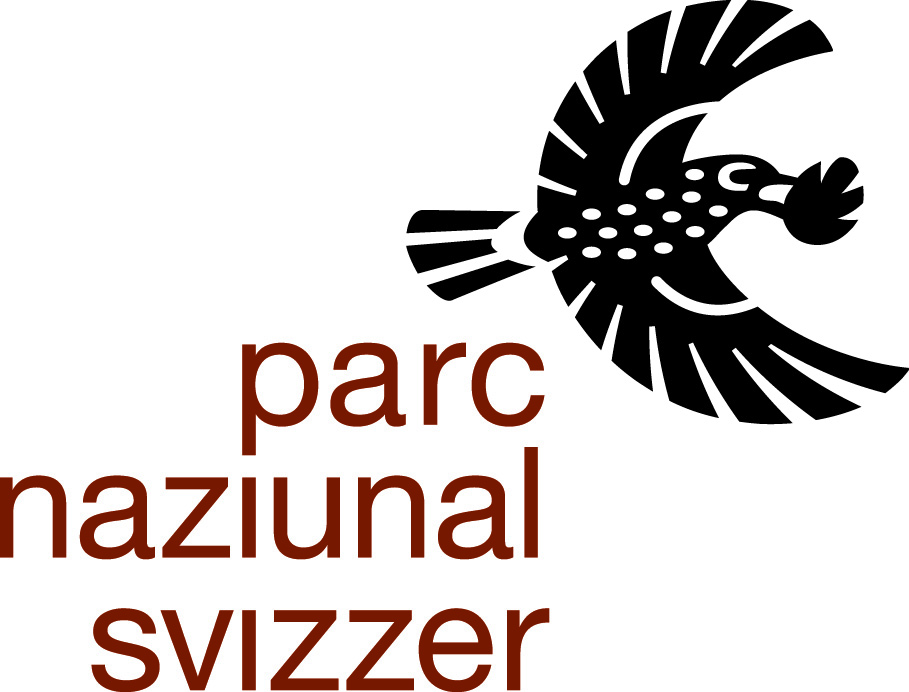
Est. 1914
Goals & Objectives:
The Swiss National Park is a strict nature reserve classified as IUCN Category 1a. Its duties include the complete protection of all living organisms and natural processes, scientific research, and public outreach.
Regional & Environmental Challenges:
A major challenge is the remediation of highly toxic PCB contamination in the Spöl River, caused by faulty repair work at a hydroelectric power plant.
Successes:
In the Swiss National Park, biodiversity is increasing in contrast to other areas: bearded vultures, lynxes, wolves, and otters are once again part of the region’s fauna. Today, the same number of butterfly species still live in the park as they did 100 years ago.
Learn more about Swiss National Park's initiatives and projects on their website.
What do you gain from being an ALPARC member?
The exchange with international partners is very valuable to us, and many acquaintances and friendships have developed over time. This creates a sense of unity, allowing us to benefit mutually from each other’s experiences.
What challenges do you see for protected areas in the coming years/decades?
At the moment, politics is not very supportive of nature conservation. We must be careful not to recklessly lose the achievements of the last 40 years. Nature and biodiversity are the foundation of our lives, but it is becoming increasingly challenging to designate protected areas due to individual interests.
How important do you think protected areas will be in the coming years?
They are becoming increasingly important as refuges for flora and fauna. However, the population is also growing, along with the number of people seeking experiences and tranquility in remote and natural areas. As a result, these valuable oases of nature are coming under greater pressure.

Est. 2007
Goals & Objectives:
Conservation of the cultural landscape as well as the biodiversity.
Regional & Environmental Challenges:
Like every region, we face the challenges of climate change and loss of biodiversity. The issue of the availability of water in limestone mountains could be an interesting topic one day. Natural hazards such as avalanches and mudslides are a current challenge.
Successes:
In 2023, 1,163 species of insects were documented in the Nature Park on just 12 specific sites. We have managed to preserve habitats for the Parnassius apollo. The Weißbach Nature Park is also one of the last areas in Salzburg where the Iphiclides podalirius can be found. In 2022, 60 species of butterflies could be found in the Weißbach Nature Park (at the moment there are 150 species of butterflies listed for the whole of Salzburg).
Learn more about Weißbach Nature Park's initiatives and projects on their website.
What challenges do you see for protected areas in the coming years/decades?
First of all, climate change and the loss of biodiversity. Perhaps also the increasing number of visitors, combined with a lack of knowledge about how to behave in nature.
How important do you think protected areas will be in the coming years?
In relation to the last point, they could play an important role as 'stepping stone biotopes' to link species populations and maintain habitats.
Are you optimistic about future generations' relations with the Alpine environment?
Yes, I think we are seeing a growing interest in nature and the mountains among young people. I believe that because young people are witnessing, for example, the shrinking of the glaciers, awareness of the value of the Alpine environment is quite high.
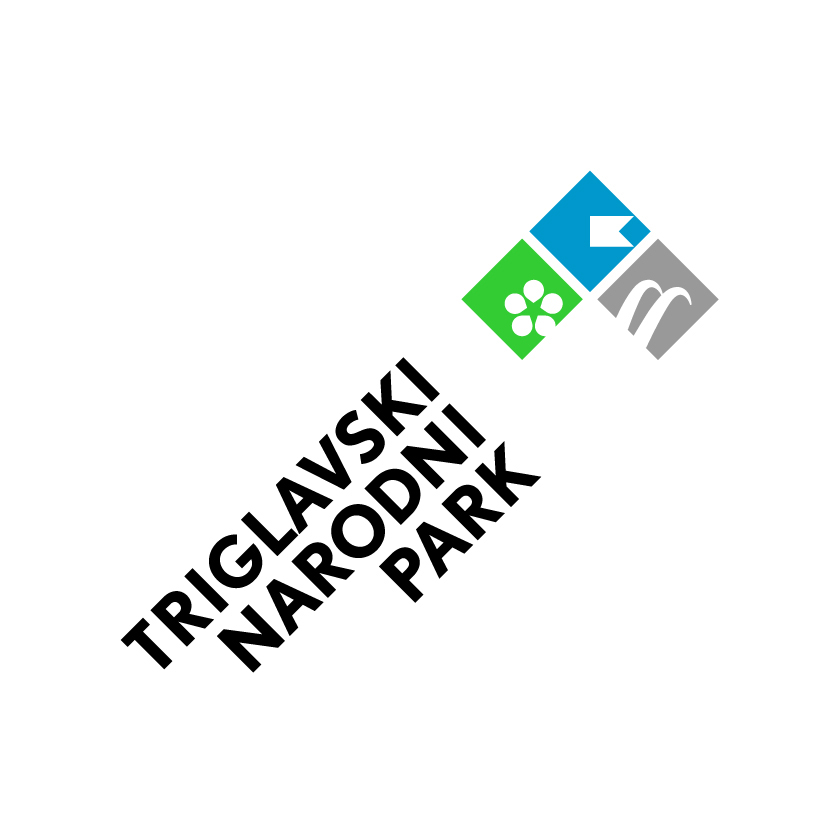
1924: Creation of the "Alpine Conservation Park" in the valley of the Triglav Lakes
1961: Decree declaring the Triglav Lakes Valley a "Triglav National Park"
Goals & Objectives:
The Triglav National Park's priority objectives are conservation of ecosystems and natural processes, natural assets, diversity of habitats, plant and animal species, landscape quality and landscape diversity. In the settled parts of the national park, the primary focus is to safeguard the cultural heritage and landscape quality, which is the result of long-term harmony between nature and man.
The national park is a model example of successful harmonisation of different interests focused on a common goal: well-preserved nature, landscape and cultural heritage. The values of a national park are a motive and an attractive goal for visitors who respect the exceptional nature and cultural heritage as well as the peace and quiet of the area. Through various forms of sustainable mobility and suitable park infrastructure visitors are directed towards less vulnerable parts of the national park where they are offered a wealth of opportunities for nature experience and relaxation
Regional & environmental challenge(s):
There are 2.400 inhabitants living in TNP. The area of Julian Alps has approximately 4 million overnight stays a year and approximately 1,5 million arrivals. Based on effective visitor monitoring, it is necessary to define a system of visitor guidance in specific areas (preferably in the most visited and most vulnerable areas). Visitor guidance is a broad concept that encompasses a variety of tools - park infrastructure, interpretation, workshops, events, print and digital media - aimed at a single goal: the preservation of nature and the protection of cultural heritage through information, awareness-raising and education in the framework of the activities carried out by the TNP Public Institution and its stakeholders.
Successes:
Within the park, 134 quiet areas have been designated;
The lynx population has been saved from extinction by the LIFE Lynx project;
Within the on-going project called Life for Seeds 5,5 ha high nature value grasslands at the Natura 2000 site of Julian Alps will be restored
Learn more about Triglav National Park's initiatives and projects on their website.
What do you gain from being an ALPARC member?
A lot and this is almost impossible to express in a couple of sentences. The Triglav National Park Public Institution was a co-founder of the Alpine Protected Areas Network - ALPARC - in 1995. For us this is a great honour. It is also crucial because it provides us with an exchange of experiences, opinions and good practices, as all members of the network face similar challenges. Connecting with people who work in other Alpine protected areas enriches us both professionally and personally.
What challenges do you see for protected areas in the coming years/decades?
According to climate change, specially protected areas in the Alpine region will receive increasing numbers of visitors. An important challenge will continue to be visitor management and promotion of sustainable mobility with the aim of protecting nature and enabling local people to live in the protected areas. Communicating and managing specific visitor regimes will also be a particular challenge. All this must be done in line with the slogan of the 100th anniversary of the first protected area on Slovenian territory, the predecessor of the Triglav Park, which is: Protection in existing! The slogan serves as a reminder that the only way to ensure existence of natural (and cultural) assets and their preservation for future generations is through conservation. Today, as ever before, it is important to maintain the balance between conservation, protection and tradition, progress and development, locals and visitors.
What is your advice for those interested in future alpine conservation efforts, or those interested in outdoor alpine activities?
Our advice is: Keep in mind that protection ensures existing. The beautiful nature and cultural landscape have been preserved only because our ancestors protected them. It is crucial that we continue the same way. We are only guests in a protected environment, so we must behave respectfully and adapt our activities to conservation.
Any final words of wisdom?
Slovenia’s only natural park, which proudly covers 840 square kilometres in the heart of the Julian Alps, is much more beautiful through experience than through words, so you are welcome to visit!
Lancement par la France de l’idée de réalisation d’un réseau alpin des espaces protégés
Fondation d’ ALPARC pendant la 1ère Conférence Internationale des Espaces Protégés Alpins organisée par le Parc national des Écrins (FR)
Rédaction du règlement intérieur du Réseau Alpin des Espaces Protégés (ALPARC) ; Reconnaissance officielle d’ALPARC en tant que contributeur à la Convention Alpine
Conférence des espaces protégés de la montagne européenne
Le Comité de Pilotage / Comité Permanent de la Convention alpine charge ALPARC d’une étude sur les réseaux écologiques et espaces transfrontières
ALPARC fête ses 10 ans d’existence
Le personnel d’ ALPARC est rattaché au Secrétariat permanent de la Convention alpine, sous l’appellation « Task Force Espaces Protégés »
Officialisation du partenariat entre CIPRA, ISCAR, et WWF dans le cadre du projet Ecological Continuum Initiative
Dans le but de constituer un véritable réseau écologique, ALPARC lance avec d’autres organisations partenaires un grand projet concernant les corridors écologiques
Signature du Mémorandum de Coopération entre la Convention alpine, la Convention des Carpates et la Convention de la Biodiversité
ALPARC coordonne les activités de la Plateforme « Réseaux écologiques » de la Convention Alpine
En janvier ALPARC acquiert le statut légal d’ « association » en France et se détache de l’unité de coordination du Secrétariat Permanent de la Convention Alpine.
En février l’association ALPARC et la Convention Alpine signent un Mémorandum de Coopération en vue de faciliter la coopération entre les deux organisations et bénéficier de possibles synergies.
ALPARC fête ses 20 ans d’existence
ALPARC lance la première édition de l’événement international « Les Jeunes au Sommet » dans le but d’aider la jeunesse alpine à se reconnecter à la nature et à son patrimoine
ALPARC démarre son action dans le champ de travail « développement régional et qualité de vie » dans le cadre des projets InnovAlps et WeWild
ALPARC dirige le projet triennal de l‘UE Espace Alpin ALPBIONET2030 pour la gestion de la faune et de l’habitat alpins, ainsi que le projet YOUrALPS afin de structurer le sujet de l’éducation à la montagne et d’y intégrer les valeurs et les connaissances dans une application pratique.
ALPARC devient partenaire du projet sur 2 ans de l‘UE Espace Alpin GaYA visant à stimuler la participation des jeunes dans les Alpes
Lancement de la campagne de communication « Be Part of the Mountain », qui vise à réduire l’impact des pratiquants des sports d’hiver sur la faune alpine
Le 11 avril est fondée officiellement la nouvelle plateforme régionale du Réseau Alpin “ALPARC CENTR’ALPS » au Parc Naturel Nagelfluhkette (Balderschwang, DE) afin d’assurer une présence régionale ainsi que la proximité du réseau
ALPARC fête ses 25 ans au Monêtier-les-Bains, Parc National des Ecrins.
Avec 5 partenaires du projet OpenSpaceAlps et 10 partenaires du projet HEALPS2, ALPARC et les partenaires du projet ont achevé avec succès ces projets Alpine Space.
La plate-forme régionale ALPARC CENTR'ALPs est présente avec un point de contact doté de son propre personnel à Immenstadt (DE).
Projet Espace Alpin « PlanToConnect » (projet basé sur les résultats d'ALPBIONET2030). Objectif : intégrer la connectivité écologique dans l'aménagement du territoire de l'espace alpin.
Lancement de deux projets dans l'espace alpin : « LiveAlpsNature » (ALPARC LeadParnter). Objectif : mesures d'orientation des visiteurs des espaces protégés alpins par des offres innovantes (OneHealthApproach) et des plateformes numériques modernes pour les activités de plein air. « AlpsLife » (ALPARC, partenaire central du projet). Objectif : mise à disposition de méthodes pour un monitoring commun de la biodiversité et un système d'alerte précoce alpin sur la disparition des espèces et des habitats.
30 ans de coopération internationale des espaces protégés alpins au sein du réseau ALPARC.